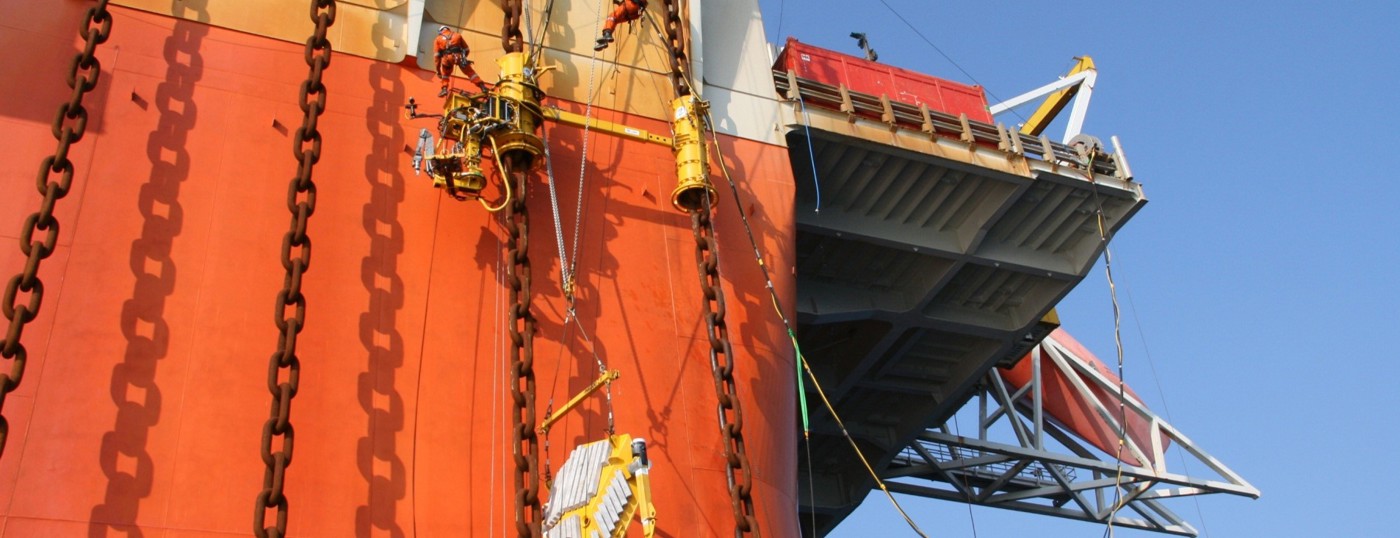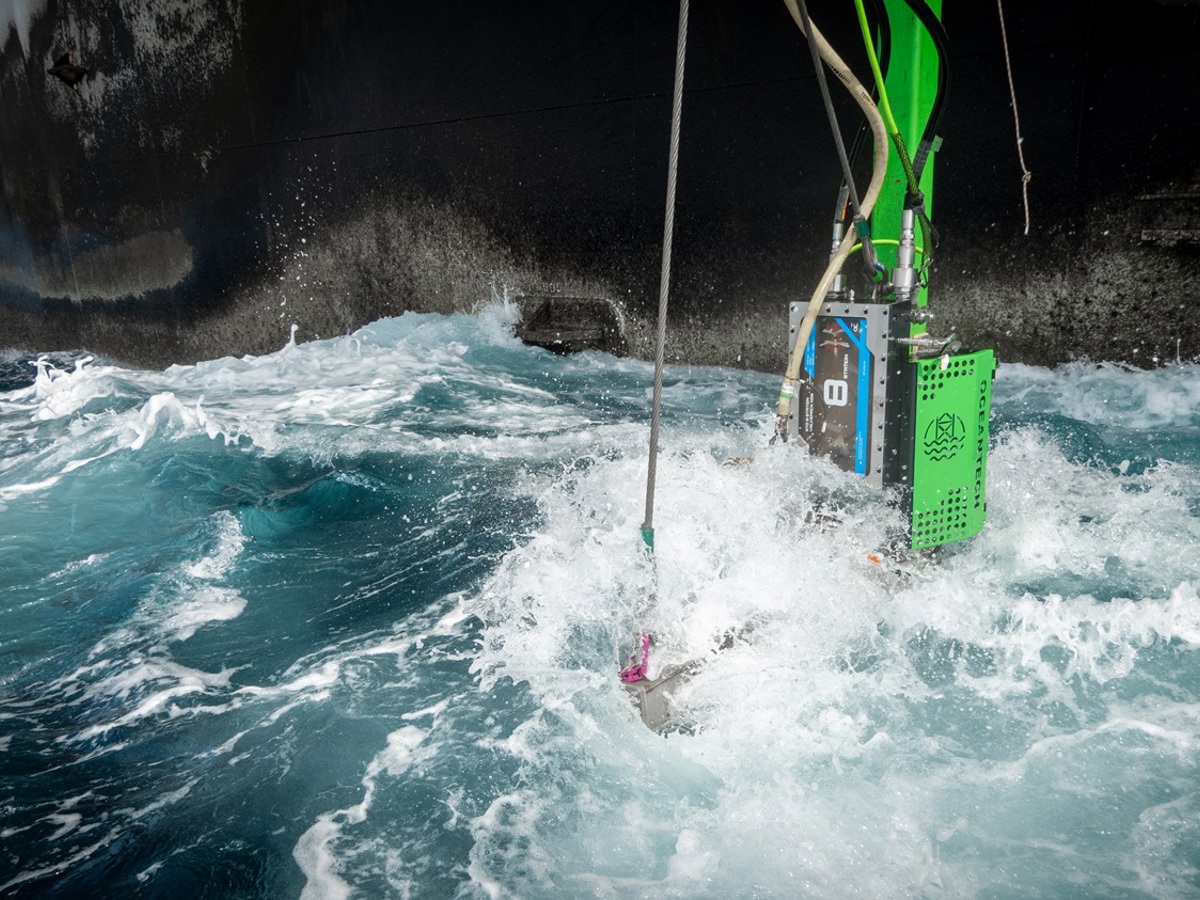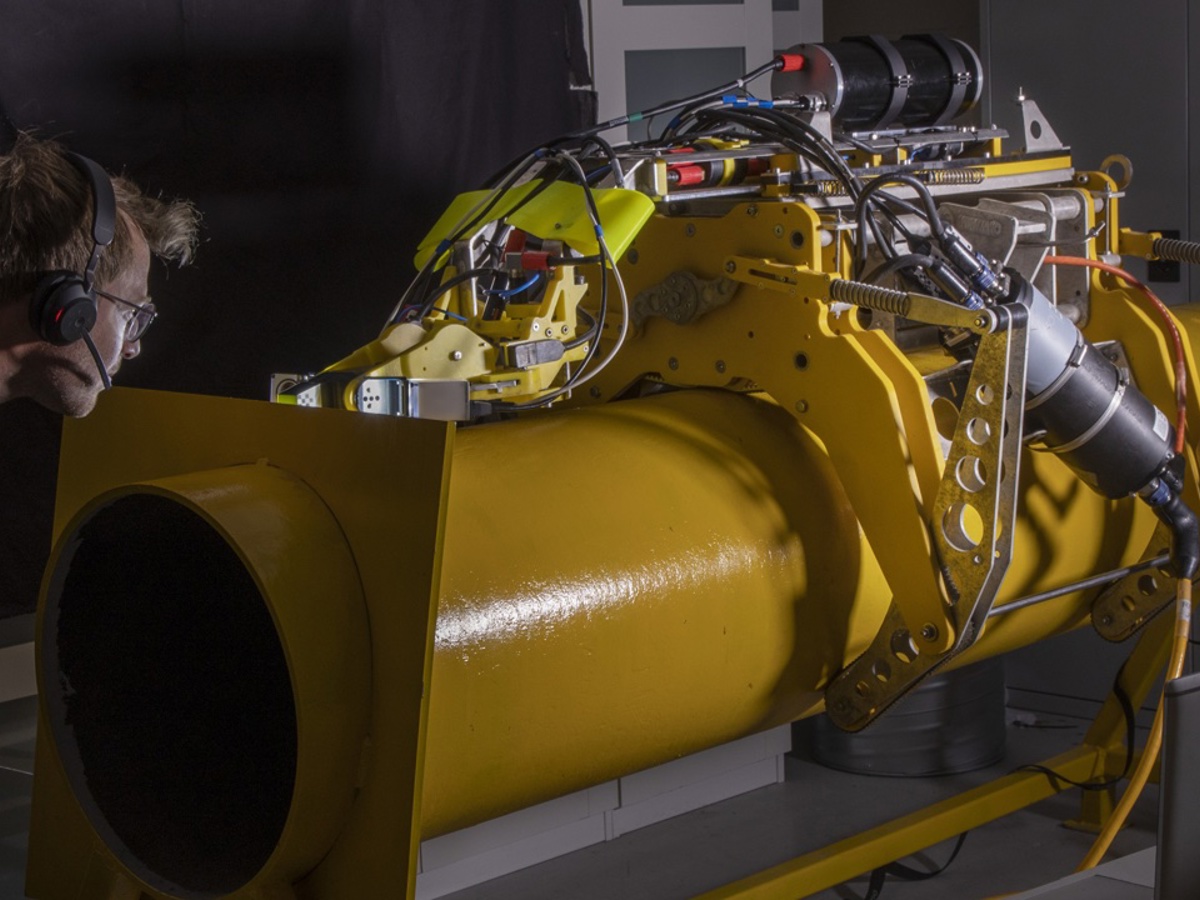The LEGO principle embraces modularity and interchangeability, inspired by how LEGO blocks work. It suggests that systems or components should be designed to fit together seamlessly, allowing for easy assembly, dismantling, and reconfiguration.
“When I consider our approach to tackling new challenges, I always liken it to LEGO," said Fredrik Karlstad, Sales and Marketing Manager at OceanTech.
Since our inception in 2017, we have evolved from a small startup to a thriving medium-sized enterprise, demonstrating robust operations and a strong track record of pioneering innovation in splash zone projects.
Our field-proven technology has been deployed at over 50 offshore installations worldwide. However, how do we balance being field-proven, innovative, and adaptable?
“70% of our solutions rely on standardised and field-proven equipment packages. Our focus is on continually enhancing the remaining 30%. This includes bespoke technologies and access methods that enable us to meet specific requirements of offshore operators,” explained Karlstad.
Our bricks and pieces
Deploying our equipment and tooling depends on securely attaching them to the structure above and below sea level. Whether the structure is a platform jacket leg, a tubular, a riser, or a conductor pipe, establishing a stable fixed platform is essential for our robotic solutions’ effective operation.
We have a wide range of subsea tools designed for use with manipulator arms, all of which can be operated by our access robots. Our technology is compatible with all standard types of ROV subsea tooling, including brushes, inspection cameras, probes, cutting tools, and installation tools.
“We use a range of standard ROV tooling. These are perfectly compatible with the customised access methods and equipment that we continuously develop for our clients,” explained Karlstad.
The access method is determined by the specific requirements of each project, adapting to the unique geometries and physical layouts of offshore installations. For instance, when working on a platform jacket, we commonly mount a vertical access tool (VAT) on a rail fixed to the platform. This allows our robotic arms and associated tooling to traverse into the splash zone. A similar approach can be applied to risers or conductors, where the vertical rail clamps around the riser, conductor, or tubular structure. Using a clamp tool on a riser or conductor can facilitate vertical movement, allowing access to the splash zone.
OceanTech has developed a clamp access tool (CAT) with integrated cleaning functionality. This allows operators to clean risers and conductors in minutes instead of hours.
"We are dedicated to innovation and creative problem-solving. We have even used rig anchor chains to deploy a robotic arm along the side of a drilling rig to replace 600 kg of anodes. More recently, we developed an autonomous inspection robot for non-destructive weld testing, featuring a cutting-edge 3D vision system and advanced control systems. Our innovations exemplify how we continuously build upon our foundational building blocks," said Karlstad.
Read more: New robotic solution enables automated non-destructive weld testing in the splash zone.
"Currently, we are undertaking a project aimed at extending our vertical working range by optimising the use of our access robots for a wider variety of tasks. This will enable us to handle the full scope of work, from splash zone to deeper subsea operations, reducing the overall cost of these projects," added Karlstad.
Unparalleled flexibility
We remain committed to incremental innovation and customisation, and our new technologies and access methods undergo rigorous testing. Our Subsea Test Centre plays a critical role in the process of adapting our equipment, minimising risks while maximising operational efficiency offshore. We test all equipment and thoroughly train our teams in seawater conditions, using full-scale mock-ups of actual installation sites.
"Our test centre in Trondheim is crucial for verifying the reliability and efficiency of our innovations," said Karlstad.
Our modular approach, combined with our technology's adaptability to various materials, geometries, and surface conditions, allows our access robots and tools to connect to any offshore asset or structure. In addition to offshore installations, we perform operations on offshore vessels, such as exploration and drilling vessels and production ships, without taking them out of operation.
"Our solutions remain unaffected by waves and currents, operate efficiently in confined spaces, and meet all maintenance requirements in the splash zone. While we have focused on the offshore oil and gas industry, our technology is also applicable to floating turbine foundations and critical seabed infrastructure, including power, water, and data cables in shallow waters. We also service large infrastructure facilities on land with challenging access," explained Karlstad.
The world-famous plastic LEGO bricks were patented in 1958. The design has remained largely unchanged, ensuring compatibility with pieces produced over the ensuing decades. Much like LEGO, OceanTech’s design approach focuses on modularity and compatibility. Our culture of continuous improvement and creative problem-solving has enabled us to expand our field-proven equipment to meet needs across many industries.


